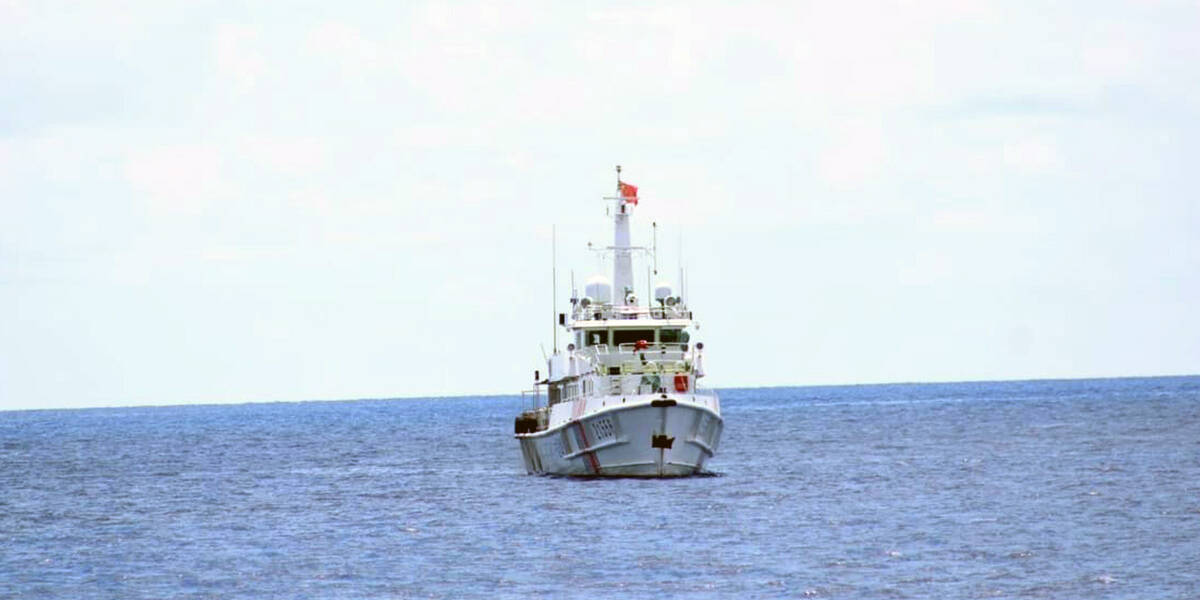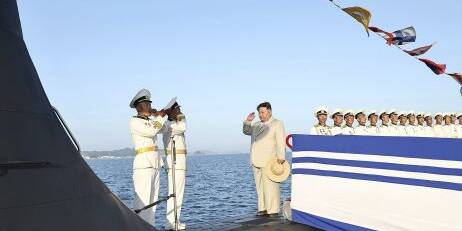Author: Aaron Favila and Joeal Calupitan,for The Diplomat
The South China Sea is a crowded region with a substantial level of military capabilities already present. The risks of escalation are real.
Confrontations and skirmishes in the South China Sea are not new. In 1988, the Chinese navy sank three Vietnamese vessels on Johnson Reef in the Spratly islands and Chinese navy ships faced off against a Philippine navy gunboat in the Spratly Islands in 1996. In 2011, a series of skirmishes took place after Manila protested against Chinese naval incursions in the Exclusive Economic Zones (EEZ) of the Philippines, forcing a Philippine survey ship to leave the area around Reed Bank. This was followed by a two-month standoff between Chinese vessels and a Philippine warship at Scarborough Shoal in spring 2012.
Enjoying this article? Click here to subscribe for full access. Just $5 a month.
These confrontations have intensified since Xi Jinping took office in late 2012, and China’s foreign policy took a more assertive turn. In 2014, Chinese and Vietnamese coast guard vessels collided after China tried to set up an oil rig in contested waters near the Paracel Islands. A further dispute took place between China and Vietnam in 2019 when China blocked Vietnamese support vessels from accessing a drilling platform in Vietnam’s sovereign waters. China has also undertaken similar actions that have prevented Malaysia from accessing its oil rigs in the South China Sea. There is an existing pattern of skirmishes and confrontations in the region, and based on these past experiences, a bigger escalation in the future cannot be discounted.
Click here to read the full article at The Diplomat.
GUEST AUTHOR
Alexander C. Tan
Alexander C. Tan is professor of political science and international relations at the University of Canterbury, Christchurch, New Zealand.
GUEST AUTHOR
Neel Vanvari
Neel Vanvari is Ph.D. candidate in political science and international relations at the University of Canterbury, Christchurch, New Zealand.
Feature image: Relief Map of South China Sea / via Wikimedia Commons
Related Analyses
September 15, 2024
West Philippine Sea: Several factors force BRP Teresa Magbanua to return – PCG
0 Comments1 Minute


